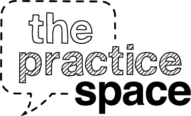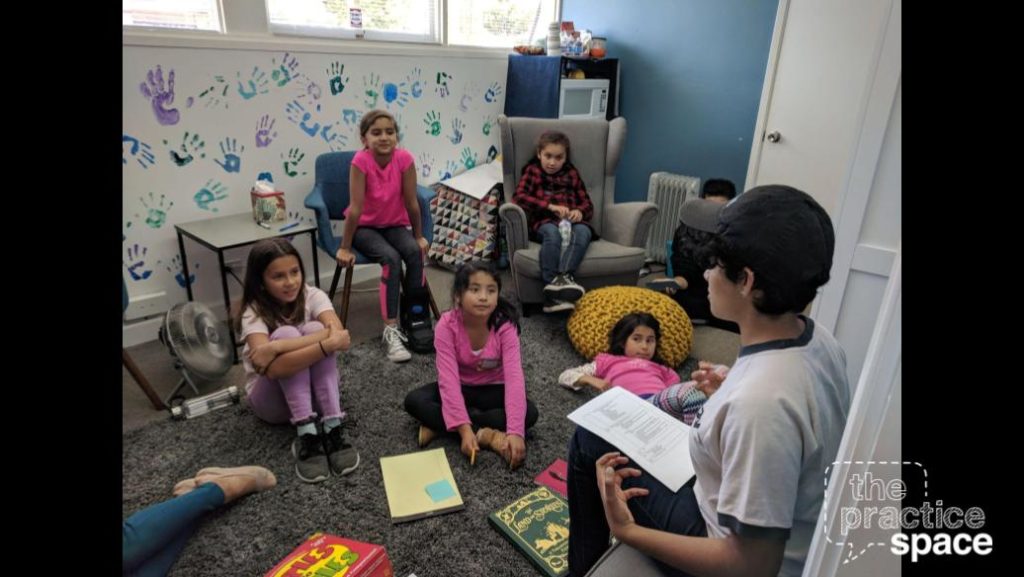The pandemic brought clarity around the many disparities that exist for communities of color across sectors. For educators, the need for meaningful change to address racial injustices became clearer and clearer as they found themselves navigating barriers during distance learning. Many teachers found themselves talking to Zoom screens with cameras off. The minute learning was taken out of the school environment and into the home, disparities were exacerbated as some students took care of younger siblings or struggled with unreliable internet. These were not new barriers, they were barriers that existed before and were amplified thanks to COVID-19. The answer many have found to address these challenges was to talk more about equity – how to promote it, do trainings on it, adopt initiatives, new curriculums, etc., but let’s think about what equity actually looks like beyond an initiative or set of practices.
Educational equity, what it means and what it can or should look like, has become a major topic of discussion in districts across the country. Oftentimes these discussions will birth new initiatives or professional development opportunities intended to help build new awareness or change practices. But what does “equity” really mean and look like? The way we think about equity at The Practice Space is as a living, breathing environment we must embody in our day-to-day teaching.
We define educational equity as an environment that:
- Reduces the predictability of success and failure;
- Disrupts inequitable power dynamics and promotes shared power;
- Maximizes opportunity to showcase strengths and interests; and
- Minimizes the impact of oppression.
Equity is deepened through small moments, as an environment where stories and opinions are not a waste of time and are treated as essential to understanding experiences. Looking at equity as an environment empowers educators to think of the ways they will embody equity in their practices, thus bringing to life top down initiatives or key professional development learnings. When equity is seen as an environment, that means everyone within it (educator and student alike) can influence and contribute to what thrives there.
As author adrienne maree brown reminds us in her book Emergent Strategy, “What we pay attention to grows.” When we think about equity as an environment, it’s each of our responsibility to cultivate its growth, take care of it, pay attention to it and ensure that we all thrive within it. We use equitable practices not in service of only certain students, but instead because everyone thrives in a more equitable environment, just like everyone breathes better when the air is cleaner. Equitable teaching practices disrupt the tendency to treat people as “less than” or “other” and instead facilitate access through multiple entry points and promote understanding, a sense of humanity, and a space for learners to genuinely surprise one another.
Equity is deepened through small moments, as an environment where stories and opinions are not a waste of time and are treated as essential to understanding experiences.
How we show up and what we pay attention to in the environment matters. Some of the key elements of the environment for educators to consider are:
- Content – it’s part of the environment
- Group and power dynamics (like the climate in any environment)
- Moods and emotions, all that we bring with us into the classroom
- Relationships (e.g. between the content and the students/educator, between individuals)
- Impacts of oppression and trauma on those in the room (i.e. certain behaviors exhibited by students and educators can be a response to oppression or experienced trauma)
- Learning preferences and differences
After considering the elements of an equitable environment, it’s helpful to start with reflection. Ask yourself: How will I show up for my students? What mindset will I embody and model? What will my tone be? How will I create opportunities for students to exhibit their interests, talents, and strengths to enhance the learning environment? How am I bringing this lesson plan to life through connection, relationship-building, and conversation? What rituals and protocols will I use to help students be able to portray who they are and how they experience the world in relation to the content?
As educators engage in equity work, the question arises: What does this mean about what I have to do differently tomorrow?
Communication and self-expression are the ways that people engage in their environment, and how confident, safe or brave people feel in a space will shape their learning. At our 3-day Youth Voice Advocates Educator Summer Institute this year, we will introduce “Expression-Driven Teaching” as an instructional method for creating brave classroom spaces to speak and listen and shift mindsets around which voices are valued and why.
When students have opportunities to tell stories, engage in thoughtful discussion that values people’s diverse perspectives, and have multiple ways of showing what they know, this can start to undo some of the impacts of oppression as students feel more empowered to speak and lead. When learners are guided to listen to other people’s stories for where they connect, rather than to critique, we show value in student voice and identity and build relationships across differences.
Creating an equitable environment is rooted first and foremost in relationships and connection.
Rather than assuming every person requires the same thing, equity differs from equality in that the focus is on creating a world that works well for everyone, where all of us can thrive. Recognizing that every human is unique, with their own unique experiences and perspectives, learning who your students are is necessary to be able to meet their needs. Creating an equitable environment is rooted first and foremost in relationships and connection. Teaching practices must then support those relationships AND there is not a one size fits all prescription for how to do this. Oftentimes it can feel challenging because there is no fully formed playbook but there is also more room to play because you have a unique environment to nurture.
A few final reflection questions to consider are:
- If equity is an environment, what role do I have to play in cultivating my environment?
- What am I willing to relinquish some control around in order to make space for new growth in the environment (i.e. it’s not about one plant, but a whole garden)?
- What barriers might I face internally or institutionally to nurturing the classroom environment as my equity practice?
- As we transition back to in-person relationships and learning, how can I as an educator leverage the discomfort we all feel to make it productive and conducive to learning?
Without always realizing it, we embody certain norms and ways of being in all that we do. Going on autopilot is easy but it is inherently inequitable. Join us at our Youth Voice Advocates Educator Summer Institute on July 27-29, 2021, as we reflect together on, how will I embody equity as an environment this year? Come and learn how these questions translate into routines, practices, and lesson designs. We will dive deeper into what this looks and feels like as a daily practice in the classroom, and teachers will experience Expression-Driven Teaching instructional methods alongside student speakers and facilitators who will also provide feedback on lesson plans. All K-12 educators are invited to join us to learn and practice together how to cultivate equity through youth voice!



